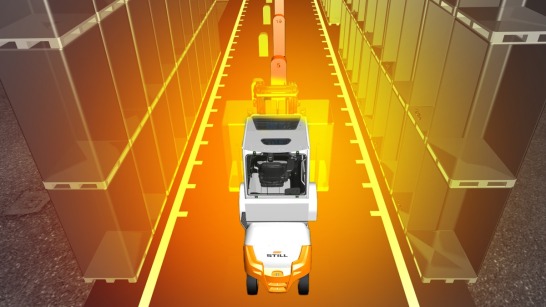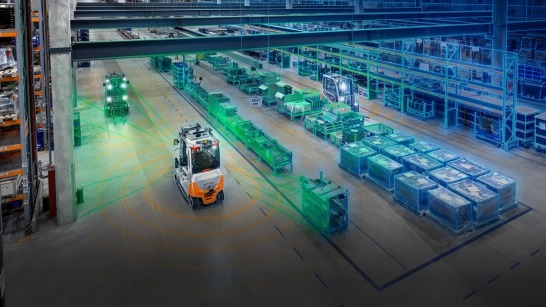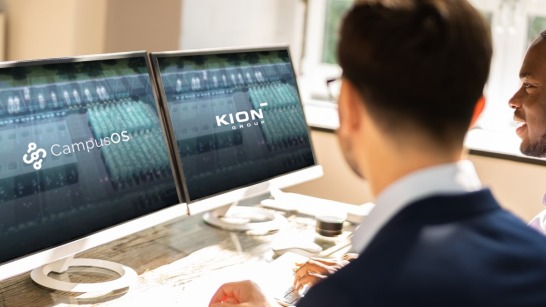So Realistic, It’s Like Having the Truck in Front of You
“We create virtual models of industrial trucks and virtual environments , which are so realistic that they allow us, for example, to accurately assess packaging and ergonomics, before a physical prototype is built,” explains Rehder. He has been working for the KION Group in Product Development for ten years. As one of the first “VR Key Users”, Rehder has the task of exploring some of the potential applications for Virtual Reality technology at KION. Some ideas are for the future, but many are already a reality—and the potential is huge. “Those who invest a lot in VR, will ultimately get a lot out of it,” asserts Rehder.
A new product development process has been established within KION Group’s Industrial Trucks & Services (KION ITS) segment, with the aim of steering the potential of the technology in the right direction: Stefan Hafner, Senior Director for Product Development (counterbalanced forklift trucks) is playing a key role in embedding the use of “digital mockups” (DMUs) throughout the Group. Before a physical prototype of a truck is even built, its DMU is inspected in the Virtual Reality environment by various departments and specialist teams. Going forward, this process is intended to apply throughout the Group and for all KION Group brands, something that Stefan Hafner and his team see as a logical progression. They consider the approximate representation of the physical world in VR to be just as groundbreaking as the jump from 2D to 3D. “It is the next logical step,” says Hafner. “The switch from 2D to 3D took some time, but ultimately led to a paradigm shift. The shift from 3D to VR is the next step.” Customers of the KION Group stand to benefit from this evolution.
New Applications: Virtual Reality for Production and Service
KION ITS relies on the IC.IDO software solution from ESI Group for the virtual test loops. The software works according to the following principle: Truck models are constructed digitally in a 3D construction software. This CAD data is then exported into the virtual software environment. The data is then used to create digital mockups, i.e. realistic models, within a virtual environment. In the long term, it will then be possible, with the use of DMUs, to carry out optimizations within the VR environment, which would previously have taken much more work in practice. This means that many insights that are typically reached working with physical prototypes can now be gained far earlier in the process.





